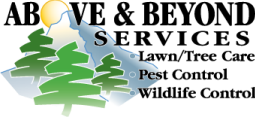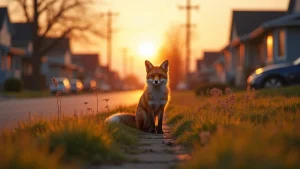Protecting Denver’s Ash Trees from the Emerald Ash Borer
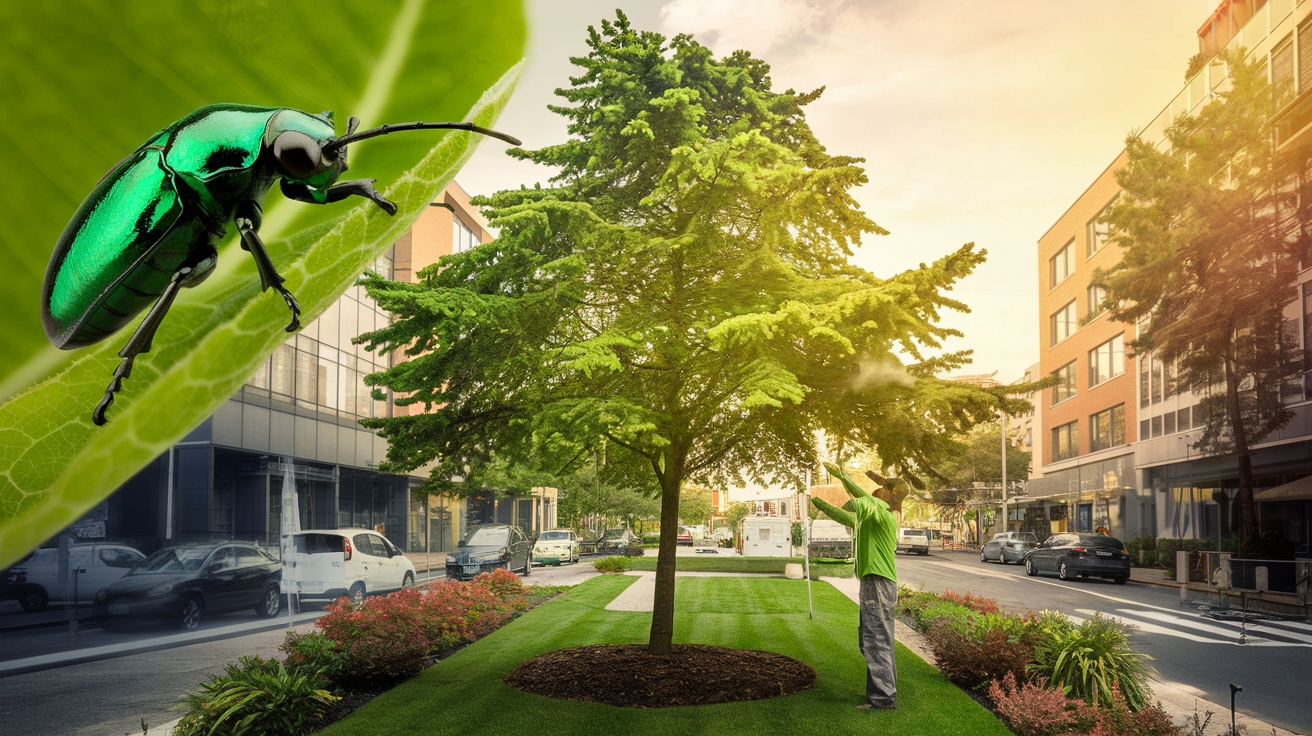
Emerald Ash Borer Denver poses a growing threat to our urban forest. The Emerald Ash Borer (EAB), a highly destructive non-native insect, poses a significant threat to the urban forest of Denver, Colorado. This invasive pest targets and kills all North American true ash species (Fraxinus spp.), including the commonly found green and white ash, as well as cultivars like the popular “Autumn Purple Ash.” The Denver metro area is home to an estimated 1.45 million ash trees, representing approximately 15% of the total urban forest in Colorado. These trees provide crucial environmental and economic benefits, including stormwater mitigation, energy savings, increased property values, shade, and vital habitat for local wildlife. The potential loss of such a large portion of the tree canopy would have devastating consequences for the city’s ecology and aesthetics.
While EAB has not yet been officially detected within Denver city limits as of late 2024, its confirmed presence in numerous nearby Colorado cities—including Boulder (since 2013), Longmont, Lafayette, Broomfield, Westminster, Erie, Arvada, Thornton, Littleton (as recently as July 2023), and Lakewood (September 2024)—indicates that the infestation of Denver’s ash tree population is an imminent threat. Above and Beyond Services, a local company dedicated to comprehensive tree care, stands ready to equip Denver residents with the knowledge and solutions necessary to address this critical challenge.
Understanding the Invader: The Emerald Ash Borer in Denver
The history of the Emerald Ash Borer in the Denver area began with its first discovery in Boulder in September 2013. Since then, the beetle has steadily spread across the Front Range, with confirmed detections in various communities surrounding Denver. Despite the absence of confirmed cases within Denver itself by late 2024, the consistent southward progression of the infestation from Boulder makes its arrival in Denver a matter of time. The discovery of EAB in Littleton in July 2023 and in Lakewood in September 2024—both bordering Denver—strongly suggests the pest is either already within city limits or will be very soon.
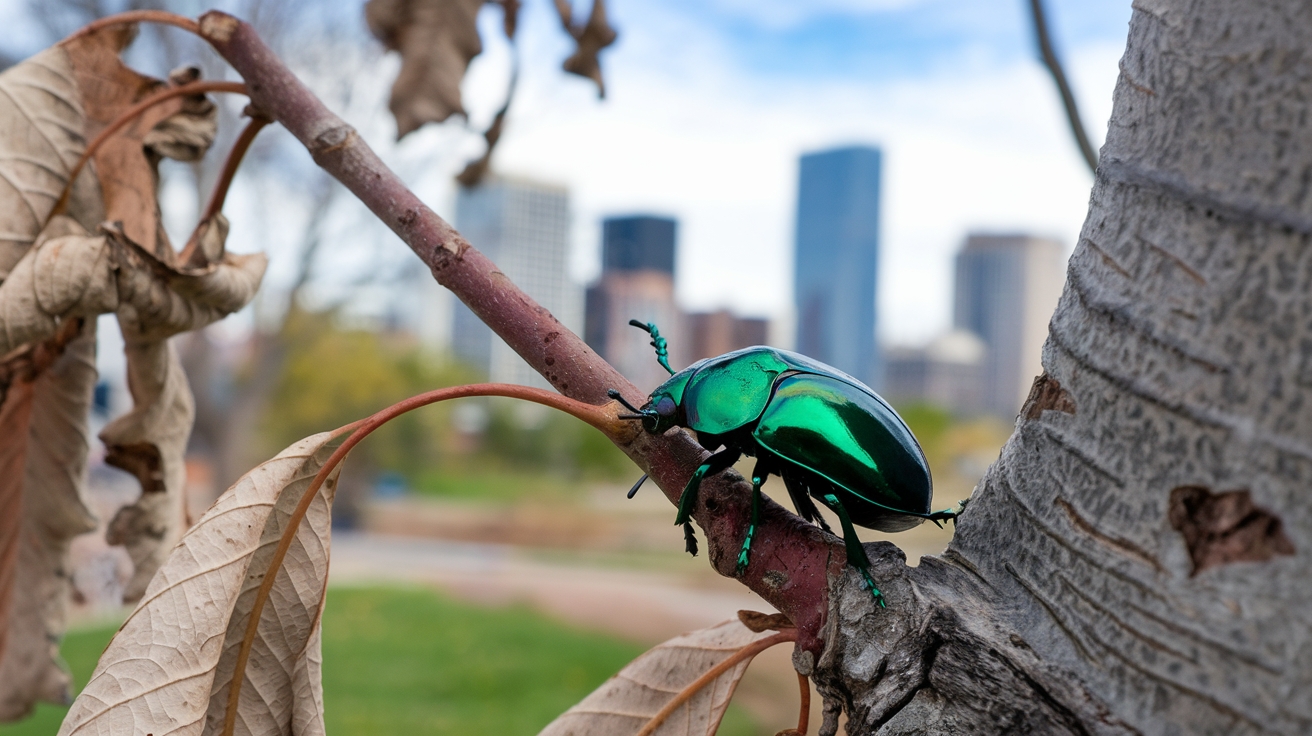
Recognizing the impending threat, Denver Parks & Recreation initiated the “Be A Smart Ash” campaign to educate residents about EAB and encourage proactive measures.
The impact of EAB on local ash tree populations is projected to be severe. All true ash species found in Denver, including green ash, white ash, and their cultivars, are susceptible to this invasive beetle. The larvae of the EAB are the primary cause of damage. After hatching from eggs laid in bark crevices, the larvae tunnel beneath the bark and feed on the tree’s phloem and cambium—the tissues responsible for transporting water and nutrients. This feeding creates distinctive S-shaped galleries that disrupt the flow of essential resources, eventually girdling the tree and leading to its death, typically within two to four years after the initial infestation.
Denver stands to lose an estimated 330,000 ash trees, representing approximately one in six trees in the city. The ecological and economic consequences of such widespread tree mortality would be substantial, leading to the loss of vital shade, wildlife habitat, air and water purification, increased stormwater runoff, and reduced property values.
While EAB has not yet been officially detected in Denver’s city limits, the overwhelming scientific consensus—based on the proximity of confirmed cases—suggests its likely presence. The lag between initial infestation and noticeable signs (which can take two to four years) could explain the current lack of confirmed detections. Denver’s City Forester’s office has been actively educating residents through the “Be A Smart Ash” campaign and has implemented a program to proactively treat select public ash trees and remove and replace small, unhealthy ash trees in the public right-of-way.
The Life Cycle and Identification of the Emerald Ash Borer
The Emerald Ash Borer’s life cycle consists of four stages: egg, larva, pupa, and adult. Adult beetles cause only minor damage by feeding on ash leaves. The real devastation occurs during the larval stage. Female beetles lay tiny eggs in the bark crevices of ash trees between June and September. Upon hatching in about two weeks, the larvae bore into the bark and begin feeding on the nutritious tissues beneath, creating the characteristic S-shaped galleries. This feeding disrupts the tree’s ability to transport water and nutrients, ultimately leading to its demise within two to four years. The larvae typically feed for one to two years before overwintering and then pupating in the spring. Adult beetles emerge from the tree from late May to September, creating distinctive D-shaped exit holes.
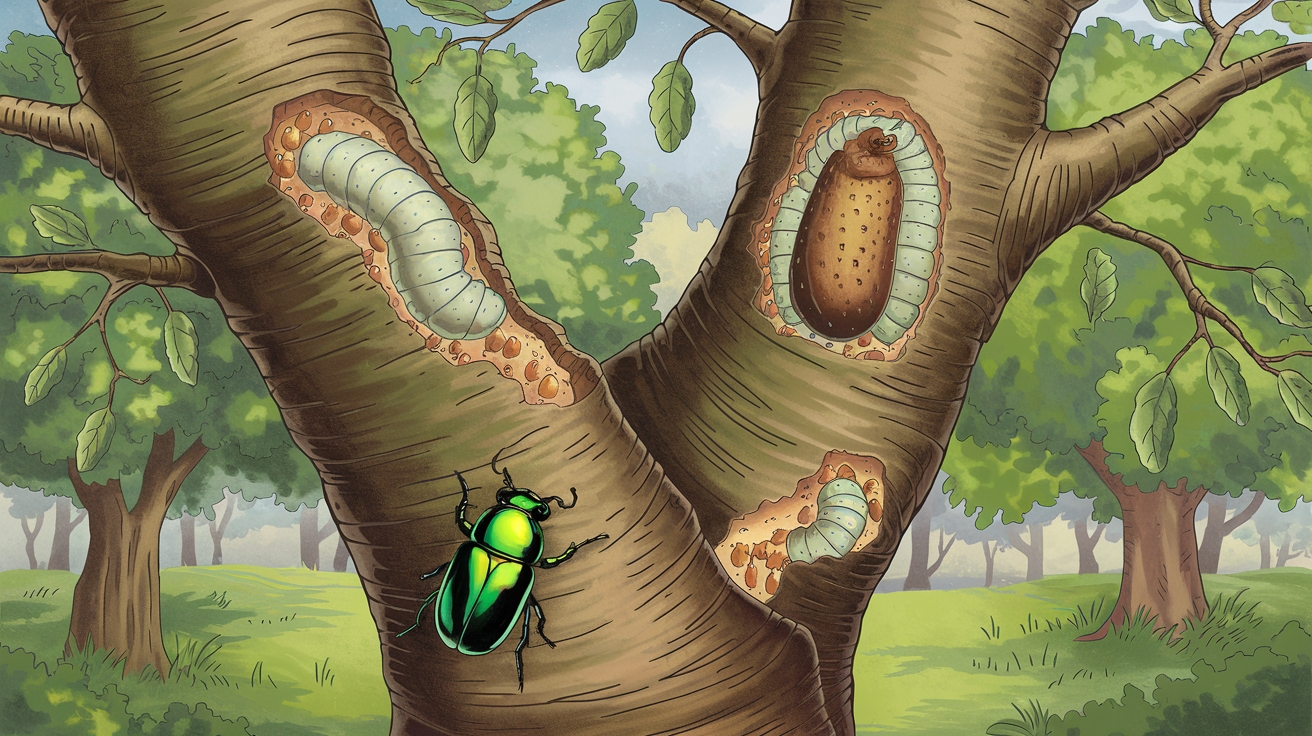
Identifying the Emerald Ash Borer at each life stage is crucial for early detection and management. Adult EAB beetles are small—about 1/2 inch long—with a bright, metallic emerald-green body and a flattened back. They are typically active during the warmer months. The eggs are very small (around 1 mm) and difficult to spot as they are laid in bark crevices. The larvae are creamy white, legless grubs with flattened, segmented bodies, reaching up to 1.5 inches in length. The pupa is the transitional stage where the larva transforms into an adult, usually within a chamber under the bark.
Recognizing the signs of an EAB infestation is often easier than spotting the insect itself. Key indicators include small, D-shaped exit holes (about 1/8 inch wide) on the bark. Woodpeckers may peck at the bark in search of larvae, causing “bark flecking,” where patches of outer bark are removed, revealing lighter wood underneath. Another common symptom is crown dieback, where the leaves in the upper branches start to thin, die, and fall off. Vertical cracks in the bark may also appear, sometimes revealing the S-shaped larval galleries beneath. Stressed trees may also produce epicormic sprouts—small shoots that grow from the base of the tree or lower trunk.
It is essential to correctly identify ash trees by their compound leaves with 5–11 leaflets, opposite branching pattern, and diamond-shaped bark ridges on mature trees. Some symptoms of EAB can mimic those caused by drought or other issues, so careful inspection is necessary. Resources like identification apps from the Colorado State Forest Service can help confirm the presence of ash trees.
Protecting Your Trees: Treatment Options Available in Denver
Several treatment options are available to protect ash trees from the Emerald Ash Borer in Denver. Systemic insecticides are the primary method, absorbed and transported throughout the tree to kill EAB larvae as they feed. Common active ingredients include imidacloprid, dinotefuran, emamectin benzoate, and azadirachtin. These can be applied via soil injection or drench, trunk injection, or basal bark sprays. Canopy sprays that target adult beetles are generally less effective.
Trunk injections, especially those using emamectin benzoate, are highly effective and can provide protection for two to three years with a single treatment. This method is ideal for locations where soil treatments are impractical. The best time for trunk injections is after leaf-out in spring but before eggs hatch—typically mid-May to mid-June.
Soil injection or drench treatments, usually with imidacloprid or dinotefuran, are often applied annually and are less effective for larger trees. Basal bark sprays with dinotefuran are another annual option.
Maintaining overall tree health—through proper watering (about 2 gallons per inch of trunk diameter per week), mulching, and winter trimming—supports natural defenses. Avoiding the movement of firewood is critical, as it’s a primary vector for EAB spread. Always buy firewood locally and burn it where purchased.
Weighing Your Options: Pros and Cons of EAB Treatments
Trunk injections with emamectin benzoate are widely regarded as the most effective treatment, with reported kill rates of 99–100%. Soil applications can work for smaller trees but are less reliable and require yearly treatment. For best results, treatment should start early—before 30–50% canopy thinning. Trees with over 50% canopy loss often cannot recover.
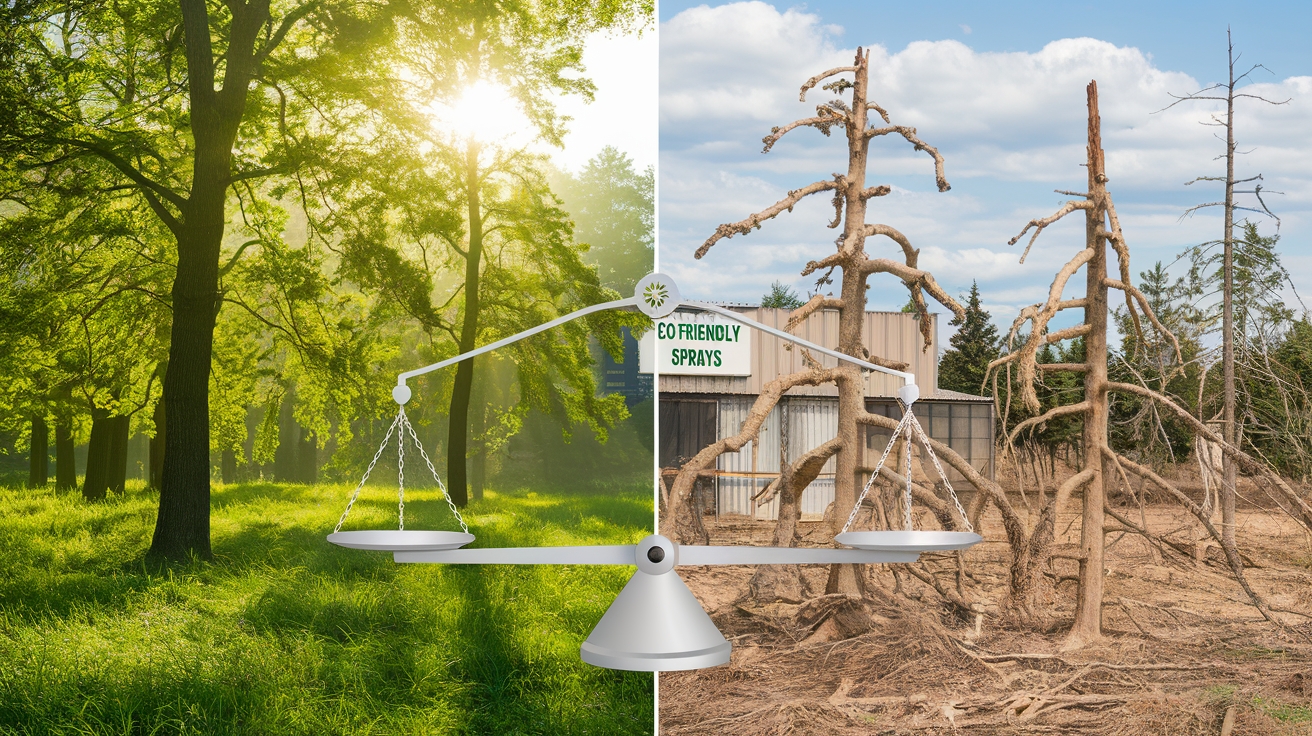
Costs vary based on tree size, treatment method, and product. Trunk injections can cost $9–$13 per diameter inch every two to three years. Micro-infusion for a 14-inch tree might cost around $220 biennially. Soil treatments may cost $100–$200 annually. Tree removal, on the other hand, can cost $300–$2,000 or more, with stump grinding adding another $200–$300. DIY options might seem cheaper but are less effective, especially on larger trees. In many cases, treatment is more cost-effective than removal and replacement.
Environmental considerations include risks to pollinators and aquatic life, particularly from neonicotinoids like imidacloprid and dinotefuran. Trunk injections generally pose less environmental risk than soil drenches. Following label instructions ensures minimal harm to human health and the environment.
When Removal is Necessary: Proper Ash Tree Removal and Replacement in Denver
If a tree is severely infested or treatment isn’t pursued, professional removal is strongly recommended for safety reasons. Dead ash trees become brittle and can break unpredictably. Removing a live tree is usually safer and more affordable than removing a dead one. Trees with more than 30–50% canopy loss are generally not viable candidates for treatment.
A permit from the City and County of Denver may be required for trees in the public right-of-way or certain private trees. Wood from infested trees should be chipped into pieces smaller than one inch in two dimensions to kill larvae. Do not move ash wood outside the metro area.
Replanting is essential. Native and well-adapted non-native species such as maple (Acer), oak (Quercus), honeylocust (Gleditsia triacanthos), and linden (Tilia americana) are recommended. Disease-resistant elms and some birch species (Betula) are good non-invasive alternatives. Diversifying the tree canopy is vital—no single species should make up more than 10% of the urban forest.
Above and Beyond Services: Your Trusted Partner in EAB Solutions
Above and Beyond Services offers a full range of tree care services tailored to EAB challenges. Our certified arborists assess ash tree health and recommend targeted treatment plans, including trunk injections and soil applications using industry-approved products.
We provide preventative treatment, safe and compliant removal services, and expert tree replacement guidance. Contact Above and Beyond Services for a consultation and free ash tree assessment. Partner with us to protect your valuable trees.
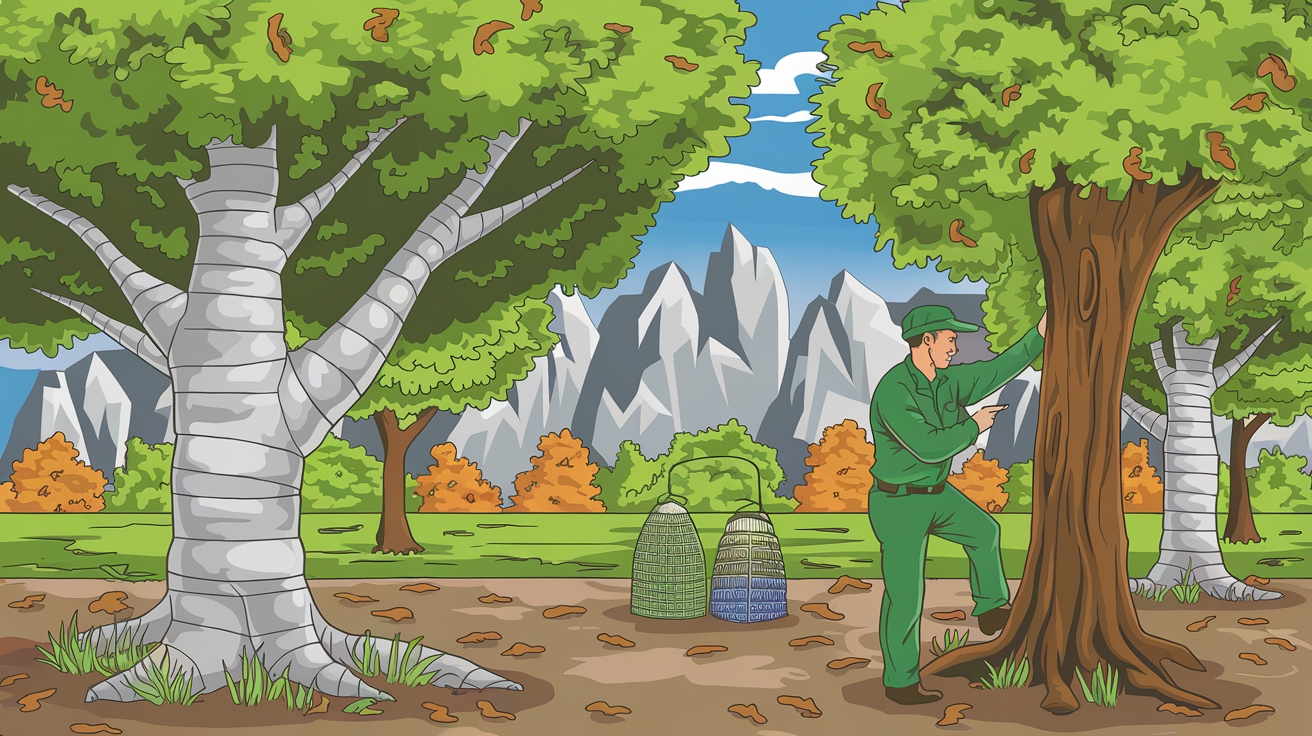
In Closing: Taking Action Against the Emerald Ash Borer
The Emerald Ash Borer is a serious and growing threat to Denver’s urban forest. If you have ash trees, take action now: monitor them, treat early, or remove and replace if needed. Timely intervention can save trees and maintain the beauty and resilience of our neighborhoods.
Don’t wait. Contact Above and Beyond Services today for expert guidance and support in navigating the EAB crisis.
